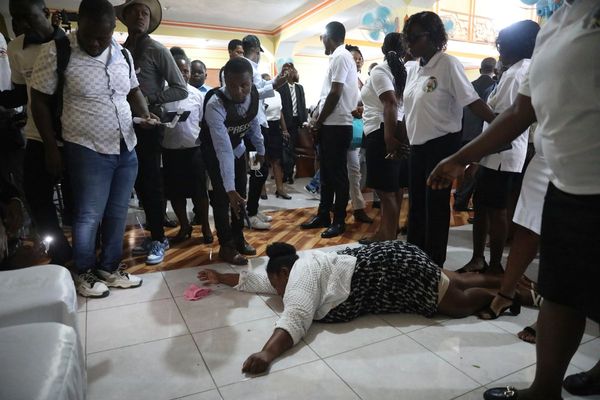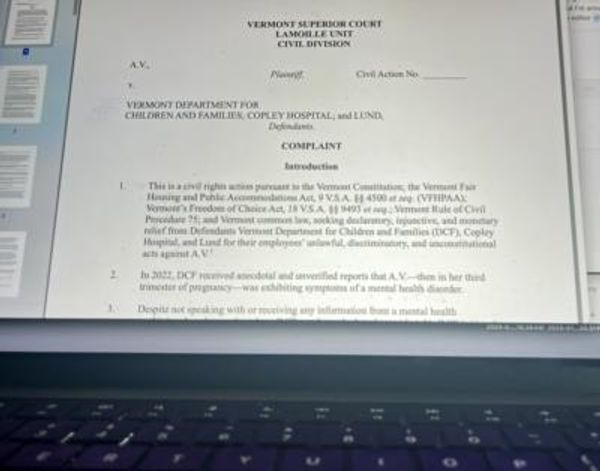
VAR has played a significant part at the World Cup 2022 with a number of major calls being made by the off-field officials.
From England defender Harry Maguire being denied a seemingly blatant penalty against Iran to Argentina having three goals disallowed for offside in their shock defeat to Saudi Arabia, the technology has already had a major say.
Here we look at how the technology works and how it differs from what players are used to in the Premier League.
How is it operating?
Much like in the Premier League, operations are based in a central hub but as a back-up, in case of a loss of connection to base, there is a VAR room at each stadium which will be activated in the event of a breakdown. As per the usual operation, the on-field referee has access to a pitchside monitor.
Who is involved in VAR?
The team consists of the video assistant referee (VAR) and three assistant video assistant referees (AVRs 1,2 and 3) – all are top Fifa video match officials. They are supported by three replay operators who select the best camera angles.
That seems rather a lot?
Mainly due to the fact there are a lot of moving parts. The VAR watches the main camera and checks or reviews incidents and communicates with the on-field official, AVR1 also monitors the main camera and keeps the VAR informed about live play. AVAR2 is located at the offside station and checks any potential offside situations, with the help of semi-automated technology. The AVAR3 focuses on the TV programme feed, assisting the VAR in evaluating incidents and ensures good communication between the VAR and the AVAR2 located at the offside station.
Semi-automated technology you say?
The new innovation at this level is the semi-automated offside technology. Limb-tracking technology is designed to reduce the time it takes to make an offside decision and provide greater clarity to fans inside the stadium. Artificial intelligence uses 12 dedicated cameras which track the players to create 3D models of their bodies to allow the technology to process the information. Animations are shown on screens inside grounds and also made available to broadcasters.
So using computers should improve split-second line decisions?
A sensor is in the centre of match balls, recording data 500 times a second to detect when exactly the ball has been kicked. That then combines with the limb-tracking data to alert match officials inside the VAR room whenever a player was offside at the moment the pass was played. FIFA claim it reduces the average VAR call from 70 seconds to 25 and will also stop human officials resorting to drawing lines to judge offsides.







